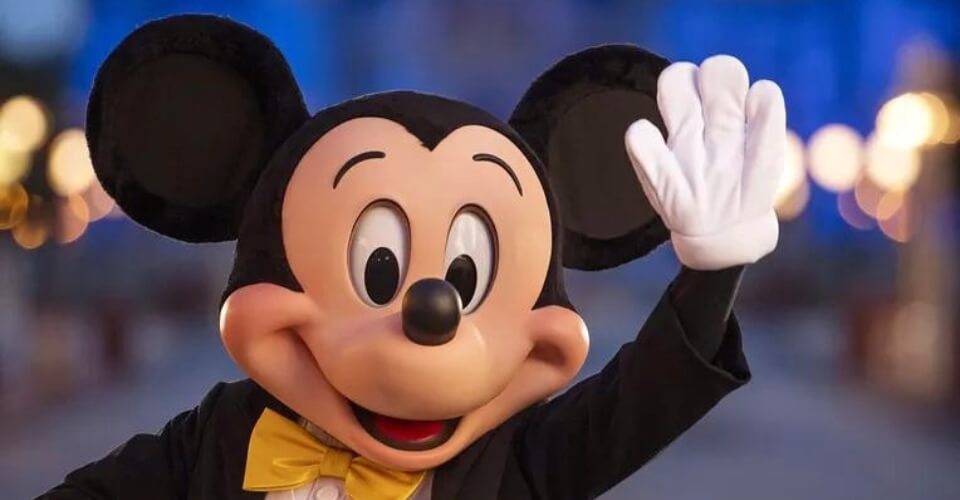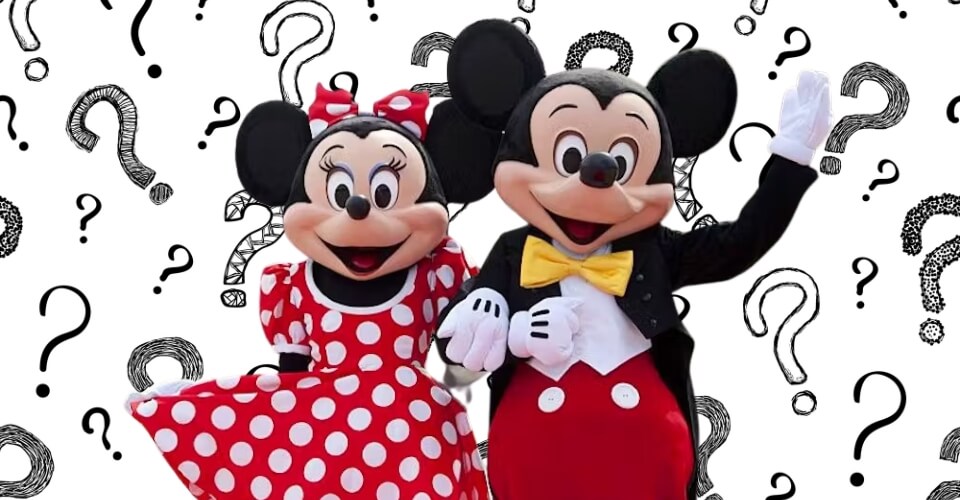Our little friend is all set to graduate from the gates of Disney and step into new stories.
Mickey Mouse will enter the public domain as the character’s copyrights expire in 2024. What does it mean? Is he leaving the Disney family forever? Will he be owned by another company?
Here’s a breakdown of what this deal means.
Mickey Mouse Goes Public Explained

The anthropomorphic character is a symbol of a childhood that shaped the future cartoon characters will be perceived. Walt Disney and Ub Iwerks together brought this character to life in 1928.
Mickey Mouse was supposed to be an underdog who navigates the adventures in his own way, hoping to inspire confidence in kids. Mickey was voiced in a falsetto, implying his meekness. But his arch develops into a leader who eventually becomes the face of Disney.
Mickey Mouse’s patent has made Disney a reliable name globally. Even though Disney was accused of several malpractices over the years, Mickey’s presence still uplifted its reputation.
In the early days of Disney, the original character set to be the main focus was Oswald the Lucky Rabbit, who debuted in 1927, appearing in several short films. But later, it was decided that he would be replaced by a friendly mouse. And so Mickey Mouse made his first public appearance in the short film, “Steamboat Willie.” This feature was also the first one in Disney to have synchronized sound.
The copyright for this version of Mickey Mouse expires in 2024. Which means that the character can be in the public domain after that.
What Will Happen When Mickey Mouse Becomes Public Domain?
When Mickey Mouse becomes public domain, all the creative rights of the character will no longer be owned by Disney alone. All the intellectual property rights of the character can now be used by any creative who wishes to portray the character with their story. But this clause is not simple as it sounds.
Even if the copyright is no longer applicable, no entity is allowed to create its own brand of this version of Mickey Mouse; however, it can use the character in its entirety.
According to US copyright laws in 1928, creators’ work has secured a copyright for 56 years from its creation. As per this, Disney would have to give up the rights to this Mickey Mouse in 1983.
In between this, Congress passed a new clause that states that the creator’s work is protected for 50 years after their death, which meant that the contract for Mickey Mouse would end in 2003 now.
However, in 1997, the US copyright law was extended to 95 years from its creation, which gave Disney an extension till 2024. Some people speculated that Disney had a huge hand in diverting this law.
Will Mickey Mouse Ever Be In the Public Domain?
Only the Steamboat Willie original version of Mickey Mouse shall be in the public domain. No other versions are yet to expire their copyrights in the near future. This means Disney can still claim creative ownership of the different versions over the years.
However, even though the copyright is public, Disney still has a trademark over Mickey Mouse. In layman’s terms— creative liberty is now applicable to any creator, but the trademark of Mickey Mouse still lies with the Disney company. They can make merch, logos, brands, domain names, etc. Simply put, only they can capitalize on Mickey Mouse.
When Will Mickey Mouse Be in Public Domain?
Mickey Mouse will be available in the public domain from 1 January 2024.
Other beloved support characters like Pluto and Donald Duck will also be available for the public domain by 2030 if Congress does not renew the law.
Basically, you can expect new stories with Steamboat Willie’s version of Mickey Mouse. One example of this creative freedom is how there are several depictions of Cinderella, Beauty and the Beast, and Winnie the Pooh (horror version), and not all of them are released by Disney alone but various other production companies.
What are your thoughts on this? Do you think Disney will forego this copyright so easily? Will Mickey Mouse gain more creative freedom in storytelling?
Let us know your opinions in the comments section below.

